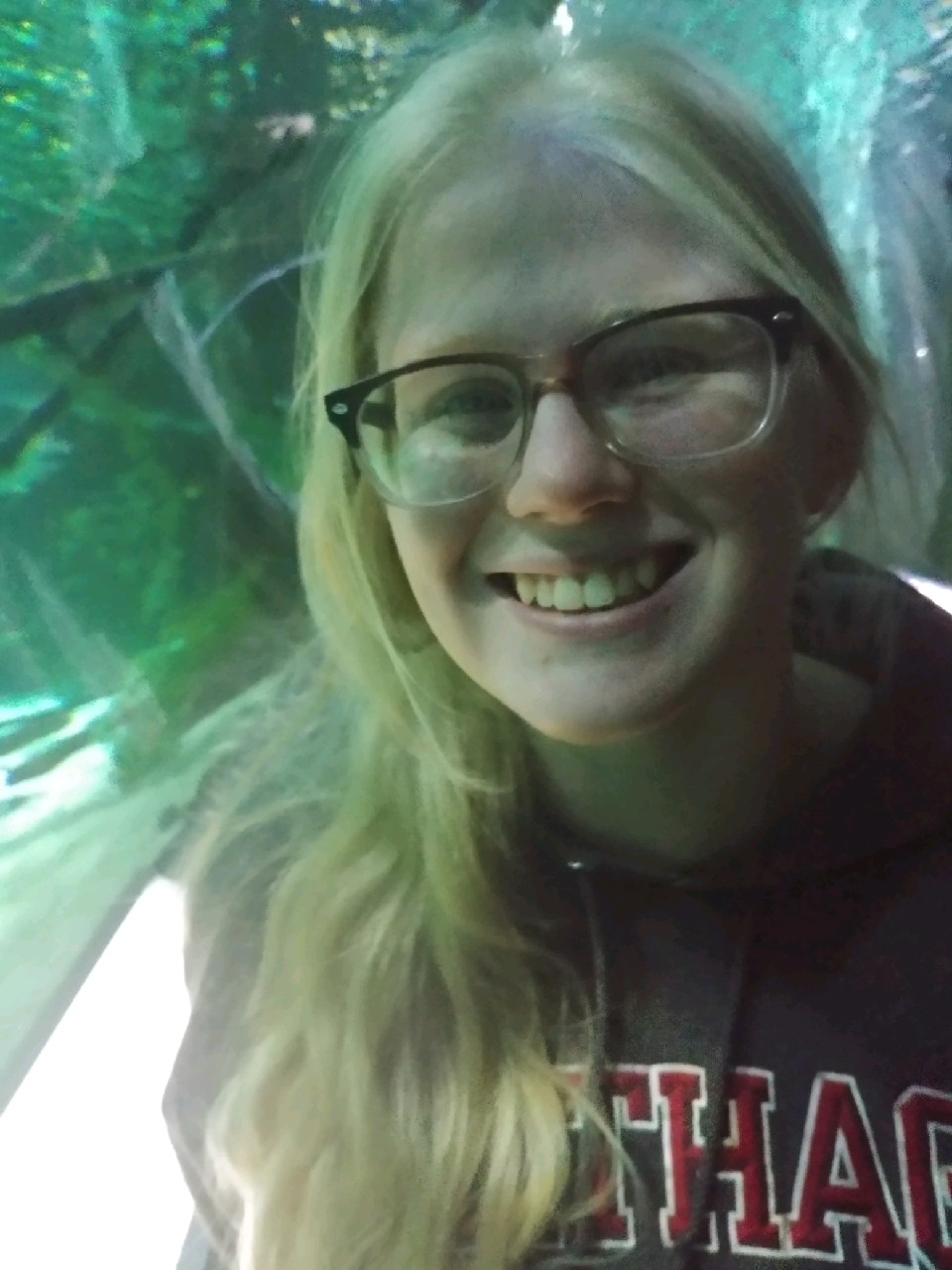Celebration of Scholars
Developing a Vision Test for Fish: a Homebrew Device to Measure Optokinetic Response
 Name:
Ashley Franklin
Name:
Ashley Franklin
Major: Neuroscience
Hometown: Franklin Park, IL
Faculty Sponsor: Steven Henle
Other Sponsors:
Type of research: Independent research
 Name:
Ashley Hermans
Name:
Ashley Hermans
Major: Neuroscience
Hometown: Neenah, WI
Faculty Sponsor: Steven Henle
Other Sponsors:
Type of research: Independent research
Abstract
The optokinetic response (OKR) is a reflex where your eyes track an object in your surroundings, while your head remains stationary. The OKR is a useful assessment for understanding visual function, as it requires no conditioning and can be repeatedly induced in a way that provides quantifiable data of visual acuity. With an apparatus that simulates a moving object, such as repeating stripes, the OKR of our model organism, the zebrafish, can be analyzed to screen visual system function. Typically, instruments that measure OKR are expensive or difficult to use. We sought to develop a relatively economic and open-source vision test for fish that would enable screening of visual system function by undergraduates in teaching and research labs. To this end, we used 3D printing to create a drum that was controlled by an Arduino motor and software that displays rotating stripes. Video of eye movements of the larval zebrafish placed within the drum are captured and analyzed using open-source Matlab code (Scheetz et al., 2017). This software will then generate a quantitative assessment of how well the fish is able to see. Future studies may include screening for genetic or chemical treatments that could potentially alter vision, as well as testing for restoration of vision after optic nerve injury within zebrafish.Submit date: March 24, 2019, 11:23 a.m.
